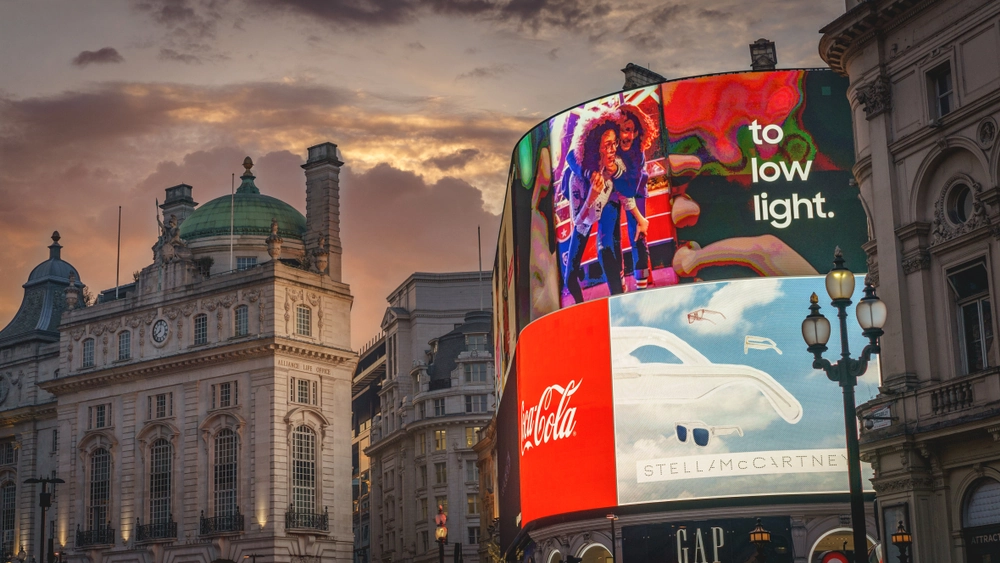
Intellectual property for fragrance companies – Protecting your brand

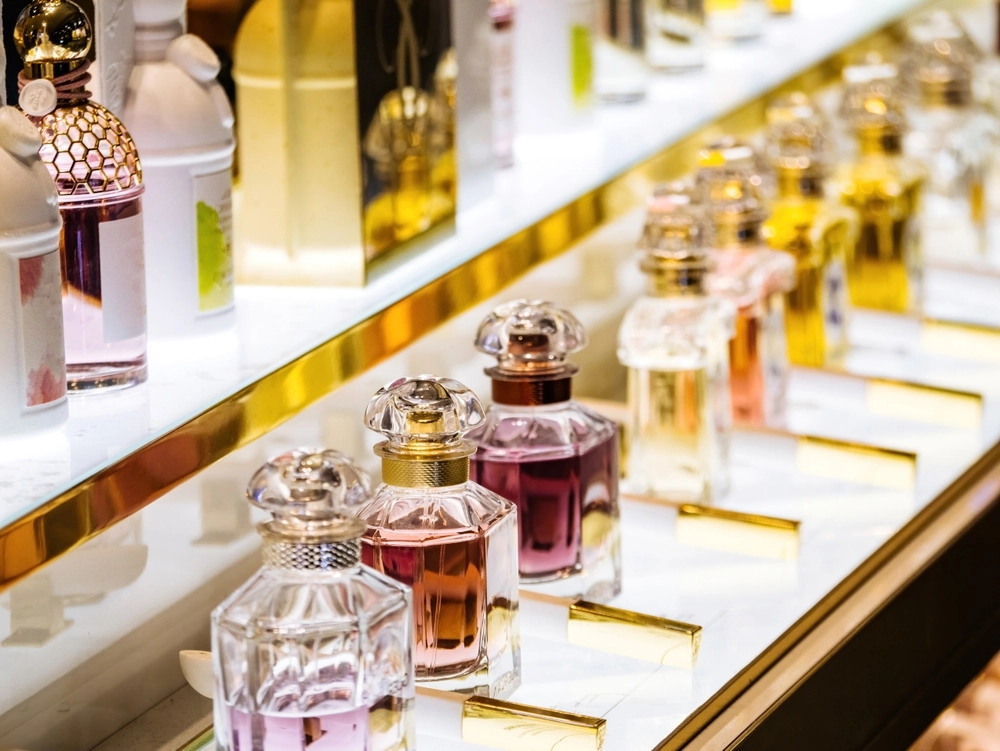
A perfume is a consumer experience that extends beyond just fragrance. For example, there is the name of the brand and the fragrance line as well as the bottle. Each of these components are unique to the product and should be protected by intellectual property rights to consolidate and add value to the brand and to protect against potential infringement.
This article is a short guide to the intellectual property rights that fragrance companies may wish to consider.
Trade Marks
A trade mark can be a word, phrase, symbol, design or a combination that identifies the source of goods or services and distinguishes them from those of other businesses.
Black Opium eau de parfum by Yves Saint Laurent has become one of the most popular perfumes in the UK since its launch in 2014. The following UK trade marks protect the Black Opium product:
Brand name and logo
The Yves Saint Laurent name appears on all its fragrance products.
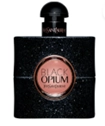
YVES SAINT LAURENT and its abbreviation YSL are covered as word and the figurative marks below:

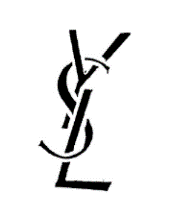
Fragrance name and logo
The below mark protects BLACK OPIUM in its stylised form:

Since the release of Black Opium in 2014, YSL has released subsequent variations of the fragrance and has secured registered trade mark protection for these by way of either a word or figurative marks:
- BLACK OPIUM SOUND ILLUSION
- BLACK OPIUM PURE ILLUSION
- BLACK OPIUM NIGHT SPEED
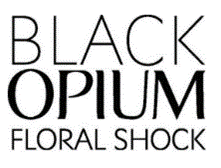
Packaging: bottle shape
Perfume bottle shapes can be trade marked if they are distinctive and serve as an indicator of the brand's origin. For a perfume bottle to be considered distinctive, it must deviate significantly from the common shape on the market. This is difficult to prove, and trade marks on bottle shapes are therefore rare.
In one successful example, Christian Dior managed to secure a 3D trade mark for the J'ADORE bottle in various jurisdictions. Once acquired, a trade mark can be infinitely renewed, hence trade marks on bottle shape are highly desirable (and elusive).

Chanel failed to clear the distinctiveness hurdle in attempting to register their No.5 bottle shape in the US, where it was rejected by the USPTO on grounds of similarity to other bottle shapes on the market. Nevertheless, the bottle has trade mark protection in other jurisdictions including the UK and France.
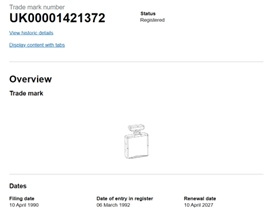
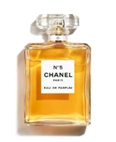
Smell marks
Smell marks are notoriously difficult to acquire. For a scent to be trademarked, it needs to be distinctive enough that consumers associate it exclusively with a specific brand. One recent example of a smell mark granted by the USTPO was for the scent of Play-Doh, owned by Hasbro. This scent was said to be immediately recognisable as Play-Doh. This level of distinctiveness is difficult to achieve for fragrances, many of which draw from a pool of similar components and often overlap in their olfactory notes. Fragrance companies may therefore find trade marks on bottle shape a more effective means of protection.
Designs
A registered design protects the visual appearance of a product, such as the two-dimensional surface pattern and the three-dimensional shape and configuration. Design rights can be registered or unregistered.
Registered rights
When a bottle does not meet the requirements for distinctiveness to attain a 3D trade mark, another option is to file for a registered design. A design is required to be novel, but it does not have to be distinctive enough to denote the corporate origin of the product (as trade marks do). Unlike a trade mark which can be renewed infinitely, a design can be renewed for a maximum of 25 years.
Lancôme have a registered design for the bottle shape of their Idôle fragrance:
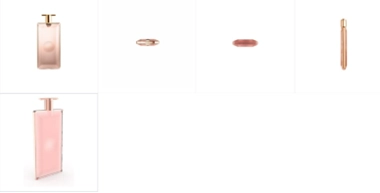
Packaging
Registered designs can also be used to protect the box packaging of a perfume. Lancôme registered the packaging for their Magnifique perfume as a design.
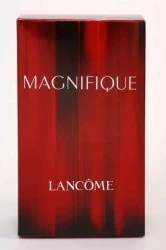
Unregistered rights
Unregistered rights arise automatically when a design is created and made public. Even in the absence of any trade marks or registered designs, a fragrance company may be able to rely on unregistered design rights to protect its brand from infringers. The following are types of unregistered rights:
Passing off
Protects the reputation and goodwill associated with branding, packaging, or overall look and feel of a product. Even in the absence of registered IP rights, the principle of passing off can protect a business if a competitor falsely represents their goods or services as those of the original business, for example by selling perfumes under the brand name and logo of an existing fragrance company.
Unregistered design rights (for bottle/packaging)
Without any formal registration, unregistered design rights automatically protect the shape or appearance of a product, like a perfume bottle or packaging. These rights last up to 15 years (as opposed to 25 years for registered designs) and are more difficult to enforce. Unregistered design rights only protect the exact appearance of a product, not similar variations. Furthermore, to enforce unregistered rights, the owner needs to prove that the design is novel and unique. This requirement does not apply to registered design rights.
Overall, unregistered rights can serve as a last resort in the absence of registered IP, but reliance on these rights is risky due to the difficulty of proving ownership and enforcing them.
Patents
Patents can protect the processes or technologies used in perfume creation, rather than the fragrance itself. Obtaining a patent requires specialised expertise, and infringement may also be difficult to prove. For that reason many fragrance companies opt for trade secret protection instead of patents.
Trade secrets
Trade secrets protect perfume formulas, meaning the ingredients and the specific blend of natural and synthetic compounds. Unlike trade marks or registered designs, trade secrets are not registered. Instead, they are protected through confidentiality and non-disclosure agreements (NDAs), as well as through internal business practices that ensure the information stays secret. Examples of renowned perfume formulas protected by trade secrets include Chanel No.5 and Dior J'adore.
In conclusion, while unregistered rights such as passing off and unregistered design rights can serve as a last resort, fragrance companies should opt for registered rights in the form of trade marks, designs and trade secrets to best protect their IP.
In the next part of this mini-series we will be examining the legal uncertainty of perfume decants.
Our intellectual property lawyers provide expert intellectual property advice to help businesses secure and maximise the value of their IP assets. We understand the commercial importance of IP rights and advises businesses on the best and most cost-effective solutions to maximise value and achieve commercial objectives.
Get in touch to find out how we can support you and your business

















